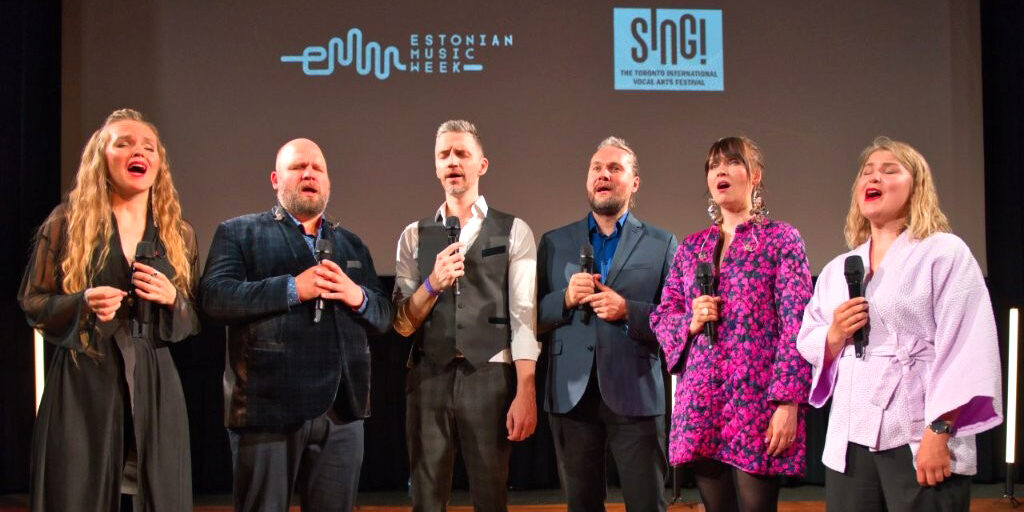But what about the beloved, Estonian-programmed app Skype? Janus Friis and Niklas Zennström created Skype in 2003, in cooperation with three Estonian developers: Ahti Heinla, Priit Kasesalu, and Jaan Tallinn. Skype was one of the most powerful Voice over Internet Protocol technology developments of the early 2000s. According to CNET, it was the 6th most downloaded app from 2010 to 2019.
Skype was then acquired by eBay in 2005, and then most recently by Microsoft in 2011. Though development and a sizable proportion of operations are still based in Estonia, the handiwork of its original creators is missing. With changes made to Skype's interface and features over the years, some users began to consider the plethora of other options out there.
In these conditions, Zoom initially competed with Skype by offering a “freemium” account model that allowed for up to 100 call participants with a 40 minute time limit. At this point, Skype allows for up to 50 people to talk at once for free, with no time limit. The bar keeps being set higher, but realistically, how many people will a user need to talk to at once? How long do group conversations need to be? Isolation from friends, family, and the workplace puts higher demands on this technology.
Hacking and other security issues have afflicted Zoom as usership has increased, leading institutions like NASA and Google to ban the use of the app by employees. In response, Skype has introduced the “Meet Now” feature, that allows users to access a call with a specific link, without requiring a user to download the app or create an account.
Skype, like its competitors, is experiencing much greater call volumes during the epoch of social distancing, and the “Meet Now” feature may retrieve users back from its competitors. Skype is in the thick of a heated competition of Video Calling apps that could continue indefinitely, if remote jobs become more prevalent.
And just like many successful tech companies, the Estonians who first developed Skype's backend have shifted their focus onto new projects, from artificial intelligence to investment firms.
Inventions take on a life of their own, and then the most inventors can do is pretty much just watch to see what happens. It'll be interesting to see what this new era of communication and technology brings.
Written by Vincent Teetsov




